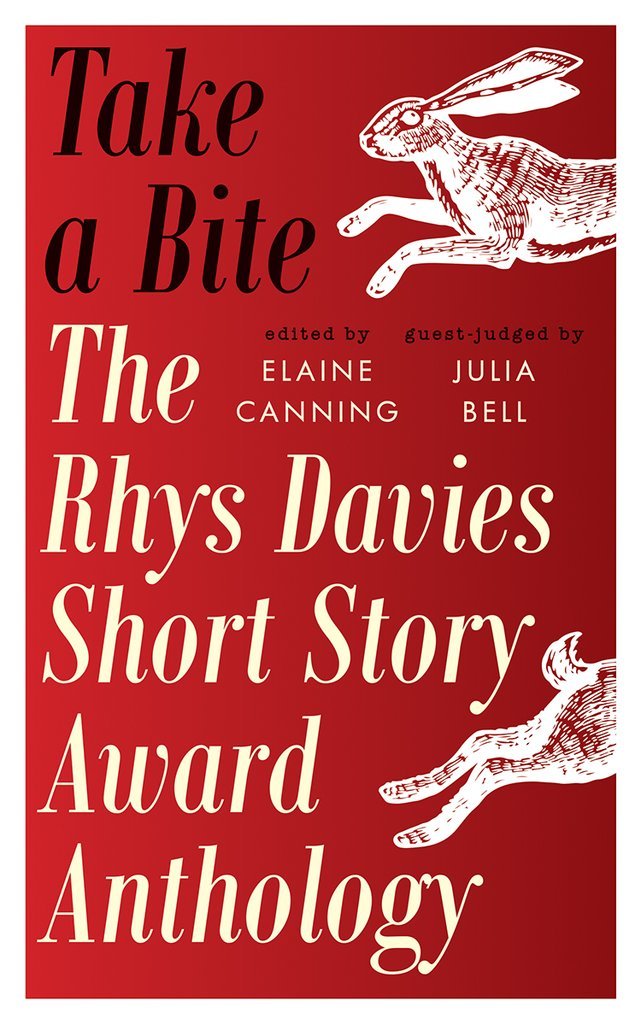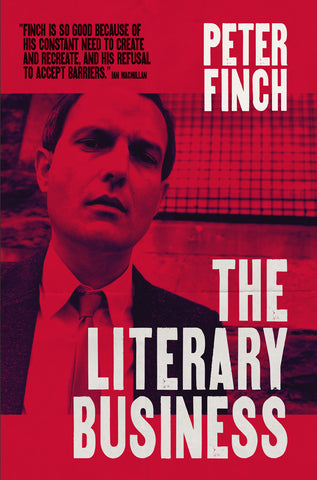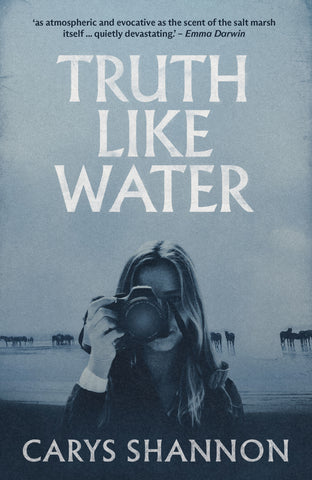On the third day of our author insights, I had the honour of discussing Philippa Holloway’s entry for the 2021 Rhys Davies Short Story Award, ‘A Cloud of Starlings’, with the author herself.

Philippa is a writer and an academic whose short fiction and non-fiction writing has previously been published worldwide in several literary journals and magazines. Philippa has won prizes in various awards and been shortlisted for many other competitions. With a passion for exploring the relationship between people and place, she is currently working with Parthian Books on her 2022 debut novel The Half-Life of Snails.
In Philippa’s shortlisted entry, a mother, Siân, comforts and reassures her daughter who becomes obsessed with finding the reason behind why a murmuration of starlings have died outside their front door. Whilst the two of them search for a scientific explanation, they both learn to accept that sometimes nature has its own plans.
1. How did you first develop into the writing industry?
I was educated at home and so making and writing stories was a big part of my childhood, it offered a space for imaginative problem solving as well as play and creativity. It wasn’t until my master’s degree in Creative Writing that I considered sending work to be published. I was delivering a paper that included a short story at an international Creative Writing conference and the editor of a literary journal slipped me her card with ‘send me a story’ written on the back. That’s when I knew I was ready to start sending work out. Since then I’ve had work published all over the world, and learn from every new project something new about writing. My PhD gave me the time and space to develop my writing further through a novel. It was long and immersive experience, and I welcomed the change of pace and depth in my creative process. I still write short stories, though, as they allow for experimentation and creative play in a different way to long form fiction.
2. ‘A Cloud of Starlings’ starts with a normal family dynamic but progresses into a mother-daughter relationship full of anxiety – was there a reason you focused on this shift?
It was a process of honing in on the central theme of the story. By tightening the focus onto one relationship within the family, the depth of parental anxiety and the exploration of parental expectations could emerge with more clarity. It was also to do with how certain things converge to force change, even when that change is just a perception shift. The dead birds provide a catalyst for questioning why certain things happen, and the science paper Siân is peer-reviewing in the story provides a connection to her child, a new way of seeing things. By keeping Siân at the heart of the story these two narrative elements can intersect to reveal the underlying tensions in the family.
3. Your forthcoming novel A Half-Life of Snails also deals with a fascination with science and radiation – is this something you personally have a fascination of?
I joke that I’ve been writing this novel since I was six, which was when the Chernobyl disaster happened: one of my earliest memories. I joke, but there is an element of truth in the statement - the anxieties seeded in that moment have been watered over the years by other interactions with the nuclear industry, such as being sent to work at Wylfa and feeling disproportionately nervous, and then embracing the experience as a chance to learn and investigate where such anxieties develop and why. All of these influences ignited the story and kept the momentum going as the narrative developed. As research for the novel I travelled alone to Ukraine and spent a week in the Chernobyl exclusion zone, visiting the self-settlers and doing psychogeographic research for the story – that is, exploring different spaces and examining the emotional and behavioural effects on the self. It was both terrifying and humbling, and coupled with similar research in Wales, traditional research for writing, and working with artists exploring the closure of Wylfa, the characters and story emerged from the two landscapes themselves. The joy of fiction writing is that while the original spark often comes from personal experience, there is scope to push characters and situations beyond your own boundaries, and take the story places you could never go yourself, discovering new perspectives along the way. I’ve been privileged to visit places and speak to people with far more expertise than me, both through lived experience and technical knowledge. It all fed into the book.
4. You have published so much writing and research, where do you hope your passion for writing will take you next?
My novel is out soon, and I’m working on another one, and I also have a collection of short stories emerging. I teach Creative Writing at Staffordshire University, and so am part of a vibrant writing community of staff and students that pushes me to keep exploring and experimenting with my work. Hopefully this is just the start of the journey!
Thank you so much to Philippa for taking part in our #DecemberDialogues! We at Parthian are looking forward to sharing Philippa’s 2022 novel, The Half-Life of Snails, with you all, and we hope you enjoy it as much as we did.
If you missed out on day two of our author insights, where we chatted to Kate Lockwood Jefford, you can find that here.



